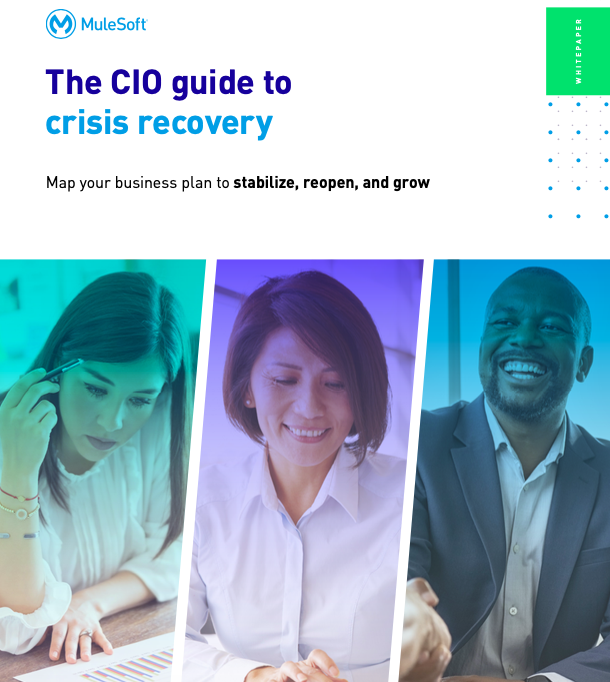
Introduction
COVID-19 has challenged leaders across organizations to move at an unprecedented pace, as they go from stabilizing operations to reopening the workplace to growing in the next normal.
Startups have crumbled and more than 100,000 small businesses closed permanently in the new economic reality.1 Ninety-four percent
of the Fortune 1000 have seen supply chain disruptions, forcing companies to quickly find new ways to reduce supply chain risk and the likelihood of any future disruptions.2 It’s safe to say that more has happened in the past few months than the past 10 years.